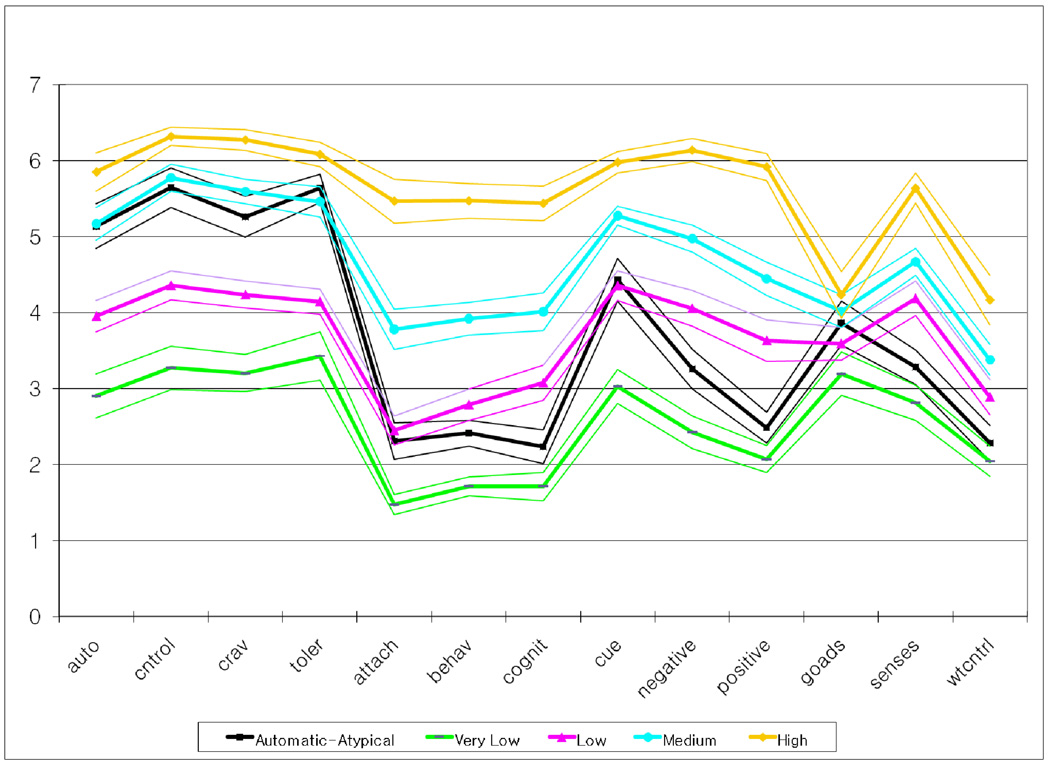Figure 1. Latent profile curves for the 13 WISDM subscales using four independent samples.
Results of a latent profile analysis of WISDM subscale scores using data pooled from 5 samples of smokers (N=2,257). Each line represents the estimated subscale score means for each empirically-identified group (possible scale scores ranged from 1–7). The 95% confidence intervals around each profile are also shown. The “Automatic Atypical” group (16.9% of the sample) is characterized by relative elevations on the Automaticity, Loss of Control, Craving, and Tolerance. A group showing a similar pattern was recovered from each of the individual samples contributing to the pooled analysis. The remaining groups of smokers (“Very Low,” 14.0% of the sample; “Low,” 24.8%; “Medium,” 30.2%; “High,” 14.0%) tended to be distinguished by differences in the elevation of the profile rather than the pattern of scores. The “Automatic Atypical” group may represent a “pure group” of smokers who show the core features of tobacco dependence without the secondary features. These kinds of observations led us to designate Automaticity, Loss of Control, Craving, and Tolerance the Primary Dependence Motives. Figure reprinted with permission from: Piper, M.E., Bolt, D.M., Kim, S., Japuntich, S.J., Smith, S.S., Niederdeppe, J., Cannon, D.S. & Baker, T.B. (2008). Refining the tobacco dependence phenotype using the Wisconsin Inventory of Smoking Dependence Motives. Journal of Abnormal Psychology, 117, 747–761.

